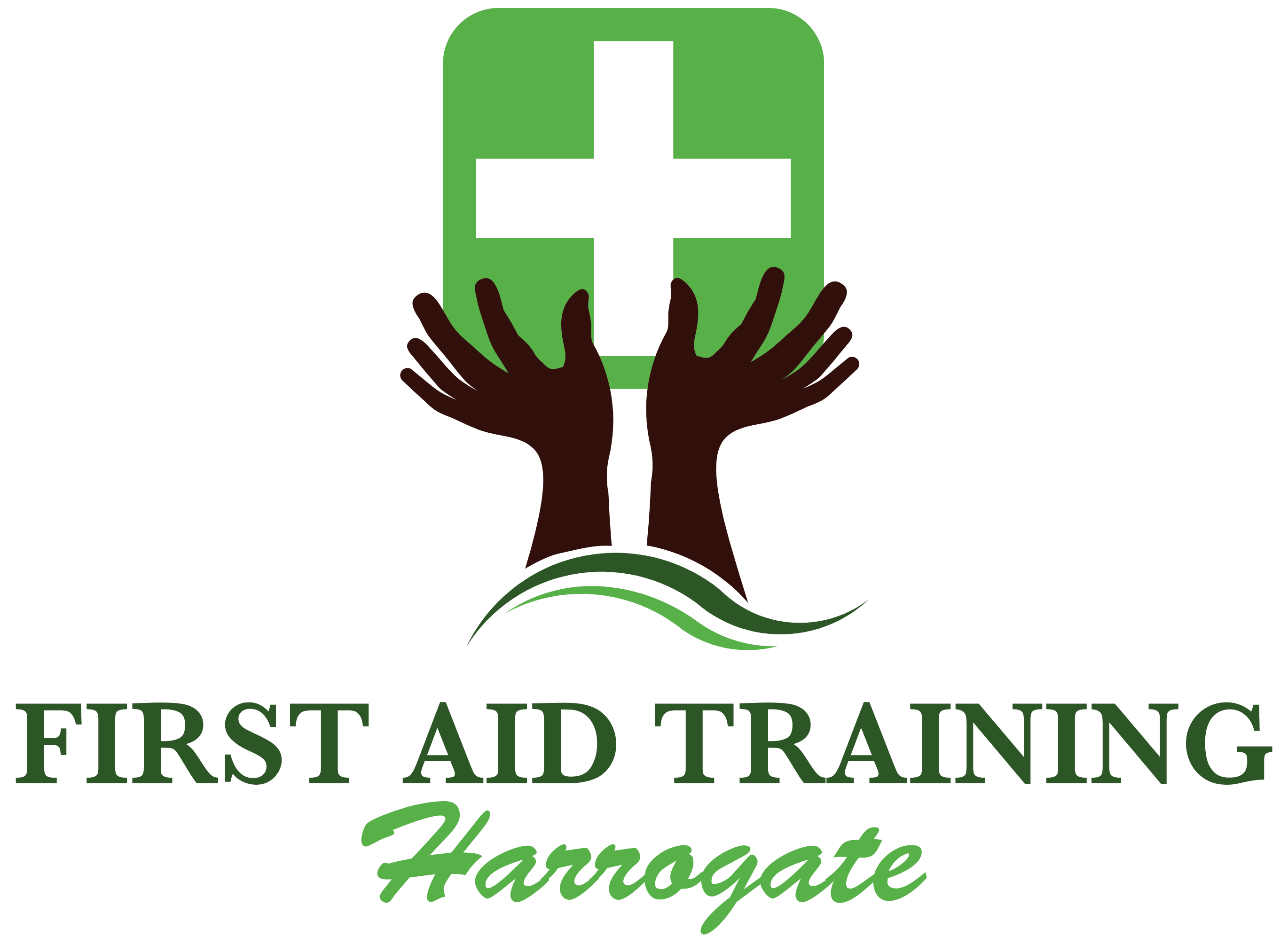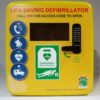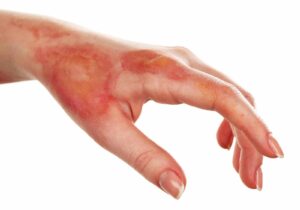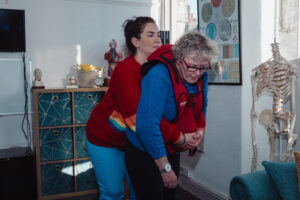The gyms and studios are currently closed during this winter lockdown, but we don’t want to stop exercising. This means that home workouts, YouTube yoga sessions and outdoor runs are all on the rise. As positive as this is, it also means that exercise-related injuries are also on the rise too.
We recently published a post on preparing for exercise to avoid injury, however, naturally, accidents and injuries will still occur from time to time. Therefore, here we have listed a few of the most common injuries caused by exercise, as well as some first aid tips should you or anyone you know suffer from them.
The primary goal of sports injury first aid is to minimise pain and to prevent further injury or damage. You may also need to manage certain symptoms until medical help arrives, depending on the circumstance.
Cuts and bleeding
Cuts and wounds can easily occur as the result of a fall while running, cycling, rollerblading, or participating in any type of fitness activity – indoors or outdoors. The severity of bleeding can vary from minor scrapes, blisters and small punctures to more serious lacerations and arterial wounds that could potentially be life-threatening.
Abrasion-type wounds can be washed with water or antiseptic wound wash, followed by applying a plaster. However, deeper cuts may need medical attention. Immediate first aid can include applying direct pressure to the wound, followed by elevation and application of a pressure bandage. Once the wound is washed and bandaged, you can also apply ice and pressure to manage any related bruising or swelling. If you are unable to control the bleeding, seek immediate medical care by calling 999.
Wherever open wounds are concerned, it’s also very important to take proper protective measures to avoid disease transmission. Personal protective equipment, such as latex or rubber gloves give protection when controlling bleeding, performing bandaging, and when handling wounds.
Contaminated wounds (i.e. scrapes that have particles of debris embedded in them) may need to be treated in a hospital with irrigation under pressure in order to remove foreign particles.
Sprains and Strains
Sprains and strains are soft tissue injuries that could occur to different areas of the body during exercise – including the knee, the ankle, or the elbow.
A sprain is an injury, such as a stretch or a tear to a ligament, which is the tissue that connects two or more bones at a joint.
A strain involves a stretched or torn muscle or tendon (tissue that connects muscle to bone).
It’s not always easy to determine which injury has occurred because symptoms are similar. Symptoms of a sprain include pain, swelling, and limited use of the joint. Symptoms of a strain include muscle spasms, cramping, and the symptoms of a sprain.9
If you suspect a strain or sprain, stop the activity that caused the injury. Then use the RICE method to reduce pain and swelling and seek medical care.
- Rest: Rest the affected area to allow the tissues to heal.
- Ice: Applying cold therapy i.e. ice wrapped in a towel or an ice-pack to reduce swelling and pain. Ice is a vaso-constrictor. It causes the blood vessels to narrow and limits inflammation at the injury site. Apply cold to the affected area every two hours for no more than 20 minutes at a time. Allow the skin temperature to return to normal before icing it again.
- Compression: Compression of an acute injury is perhaps the next most important immediate treatment. Wrap the injured body part with an elastic bandage or wrap, to help keep swelling to a minimum.
- Elevation: Elevating the injured area is another way to reduce the blood flow and swelling in the area. Elevate the injured body part so that it is above the level of your heart.
Dislocations
A dislocation is an injury to a joint where two or more bones come together — in which the ends of your bones are forced from their normal positions. This painful injury will temporarily deform and immobilise your joint. One of the most common areas where an athlete may experience an acute dislocation is in the shoulder. The shoulder is the most mobile joint in the body.
You may notice that the dislocated joint looks out of place, is bruised, swollen, or difficult to move. If you notice a dislocation in the shoulder or any other joint, experts advise that you stop using the joint immediately and do not try to manipulate it. You should treat the area with ice, use ibuprofen or paracetamol for pain, and seek immediate medical care at the Accident & Emergency department at the nearest hospital.
Fractures
A fracture is a break in a bone that is often the result of a trauma. If the bone breaks through the skin, it is called an open fracture. A bone fracture may cause intense pain, deformity, bruising or swelling, and difficulty moving.
You should limit movement and elevate the limb and apply ice to reduce bruising or swelling. If the skin has broken, try to cover the wound to avoid infection. Apply sterile bandages if available.
If you suspect a fracture, always seek immediate medical care at the Accident & Emergency Department at the hospital. A medical examination will determine if the bone is broken or if another acute injury (such as a dislocation) has occurred.
Concussion
Sports-related concussion is one of the most common types of mild traumatic brain injury among people who participate in organised sports. It could happen as a result of a fall, a collision or impact from a piece of sports equipment. Symptoms of a concussion are not always obvious straight away and may not present immediately after the injury. However, symptoms of a concussion to look out for include: Balance problems, dizziness, confusion, difficulty speaking and communicating, drowsiness, headache, irritability, loss of consciousness, memory loss, nausea and vomiting.
If any of the symptoms occur following head trauma, then you should make your way to the nearest Accident & Emergency department as soon as possible.
If you suspect that you or someone close by has experienced a concussion, there are basic first aid steps you can take.
Stop activity – Repeated injury further damages the brain and so it is vitally important that players never play on following a blow to the head and always take time out from play and training to allow for their injury to fully recover.
Assessment – Are there any immediate life-threatening injuries? Check for a response and see if they are breathing normally. If not, call 999 immediately. If unconscious and breathing carefully put into the recovery position, whilst doing your best to keep their spine in line – keep checking that they are breathing. If unconscious and not breathing start CPR.
Monitor – For all head injuries, you must monitor patients carefully. Symptoms can change so monitor for at least the next 48 hours. Ensure patients are not left on their own for any prolonged length of time and let others know that they have had a head injury. Observe for any of the above symptoms and if concerned call an ambulance.
Hospital treatment – Someone suffering from moderate or severe concussion must receive immediate medical treatment in hospital. They may be treated with rest, observation and medication, or may require surgery to relieve the pressure on the brain.








